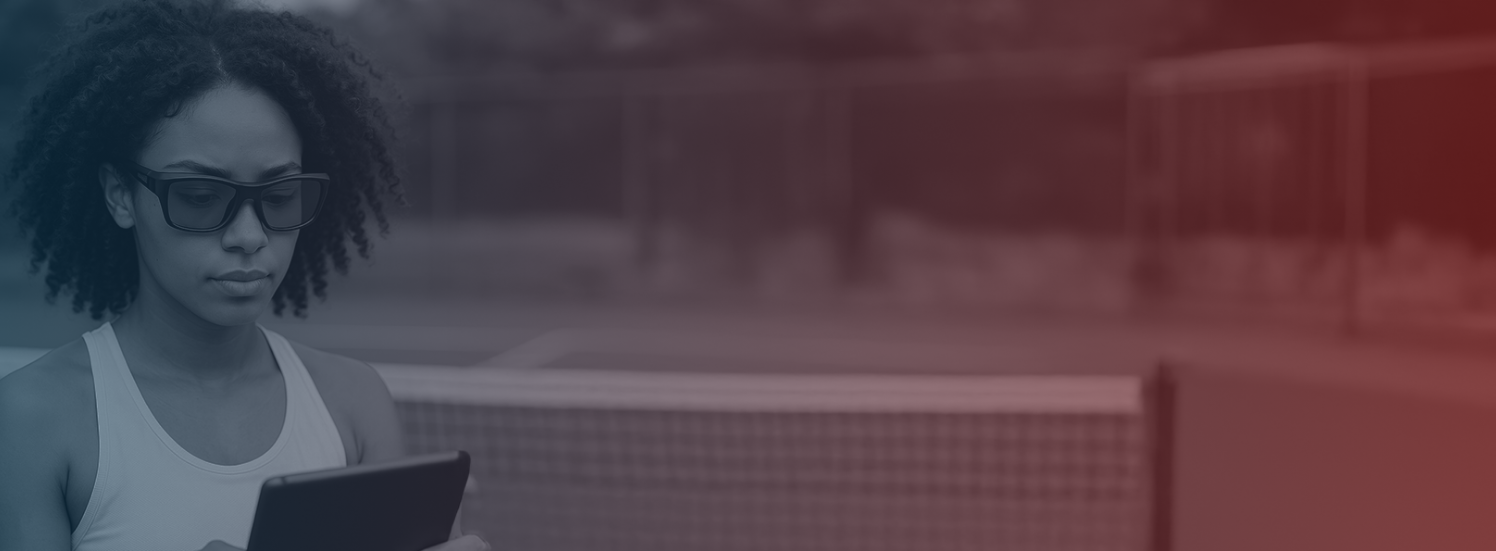
ONLINE volleyball vision
& COGNITIVE training
Vizual Edge is the vision and cognitive training platform trusted by top athletes, and it’s a game-changer for volleyball players looking to sharpen their reaction time, court awareness, and split-second decision-making.
how it works
Get a personalized Edge Score that shows where you stand on your vision and cognitive skills.
Take the Edge Test
Start Training
Complete a series of 15 minute 3D exercises from anywhere on your own device, 3x a week.
Track Your Progress
Retake the Edge Test at checkpoints and watch your score rise as your visual and cognitive skills improve.
how vizual edge
enhances volleyball performance
-
From tracking fast-moving serves to reading opponents’ setups, visual clarity and anticipation are everything in volleyball. Vizual Edge helps players improve depth perception and eye tracking, making it easier to process the action and react to it before the ball even crosses the net.
-
Split-second decisions matter — whether you're deciding to go up for a block, dive for a dig, or transition into an attack. Vizual Edge strengthens cognitive processing speed so players can assess plays and act without hesitation.
-
Perfect passing starts with visual control. Our training sharpens spatial awareness and hand-eye coordination, leading to better ball placement, more accurate sets, and fewer unforced errors on the court.
-
Blocking and quick net play require rapid reaction time and strong peripheral vision. Vizual Edge trains these exact skills, helping players read hitters earlier, close blocks tighter, and cover more space.
-
Volleyball is full of intense, fast-paced momentum shifts. With Vizual Edge, players build mental stamina and focus, allowing them to stay sharp from the first serve to match point — no matter how long the rally goes.



